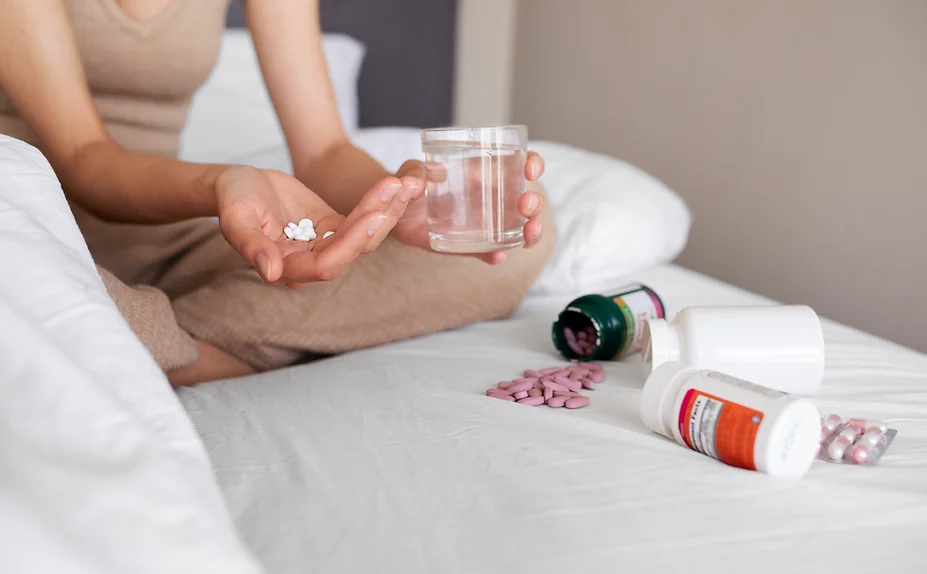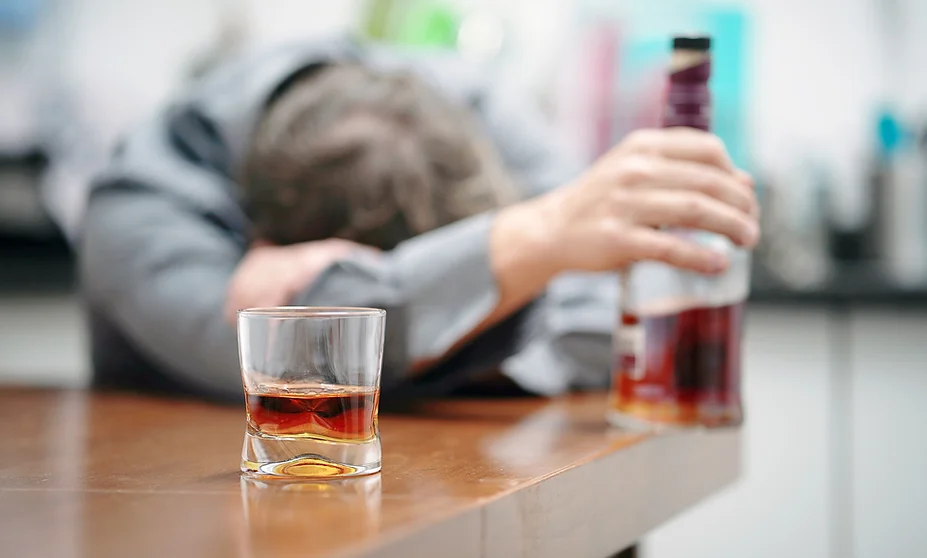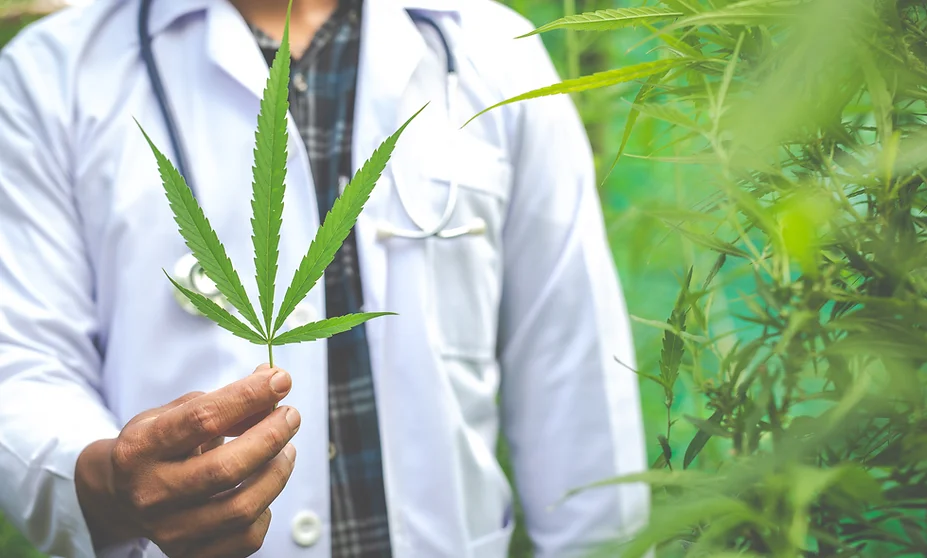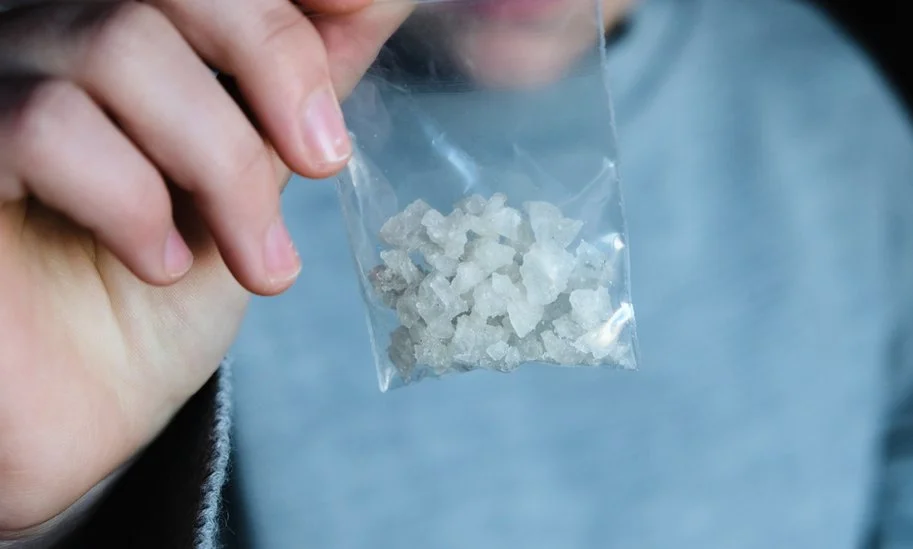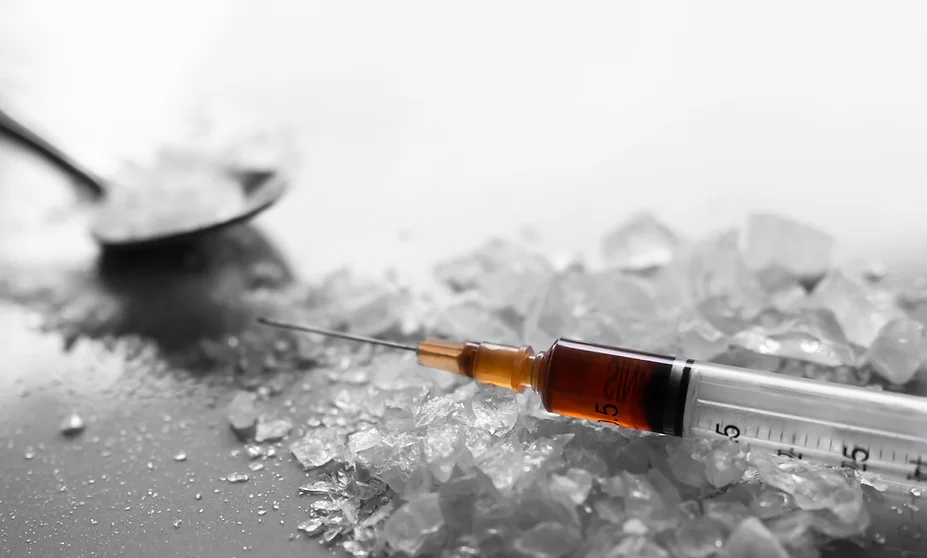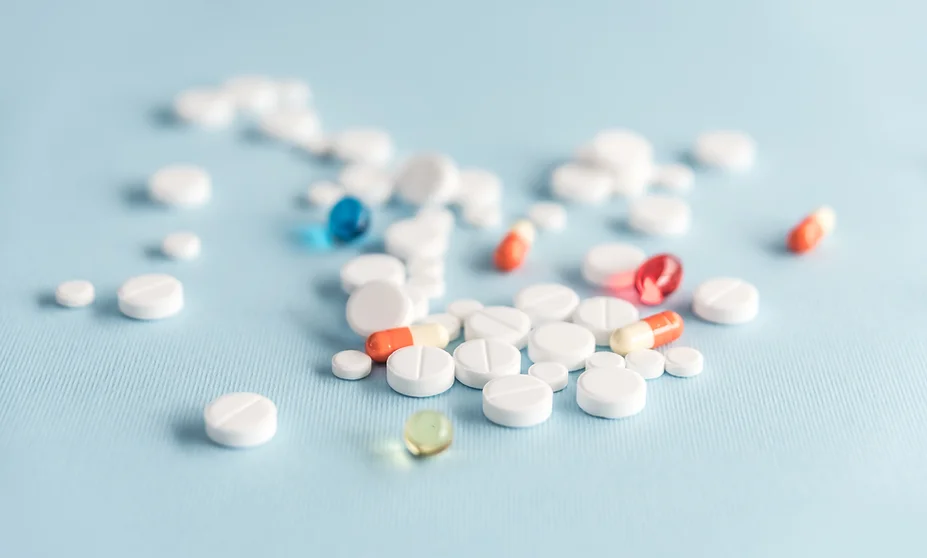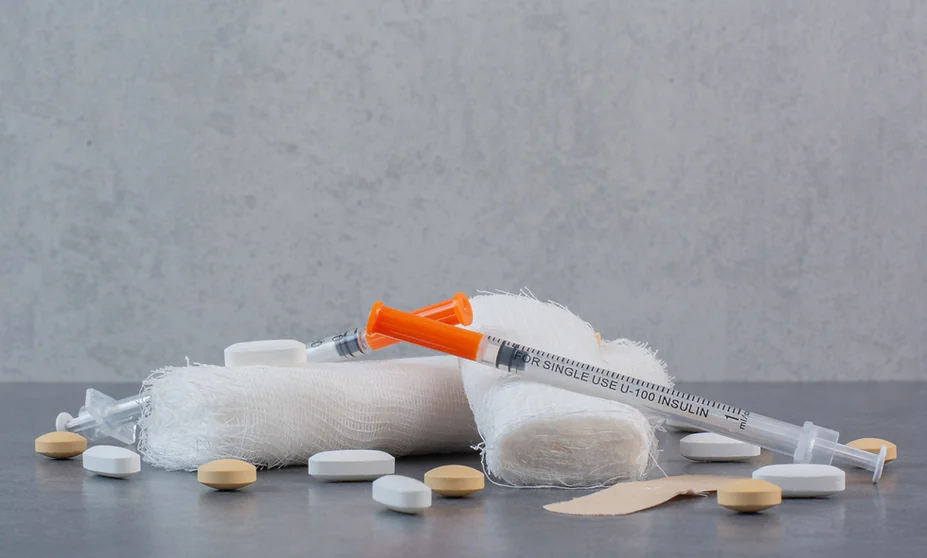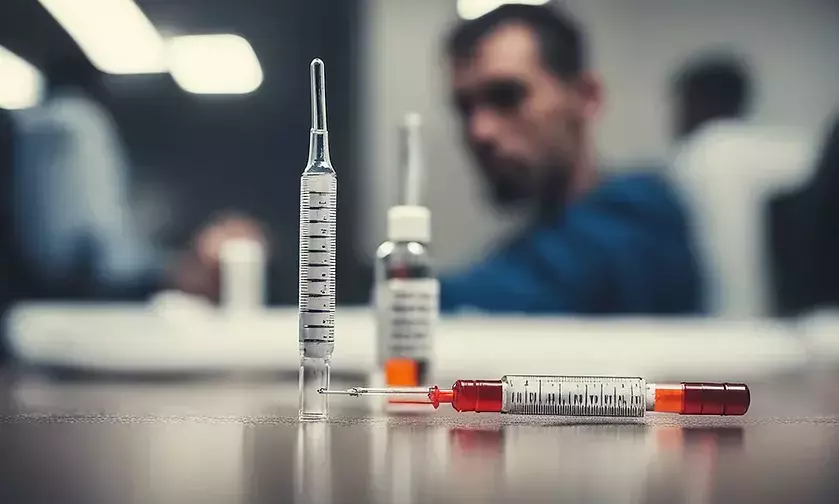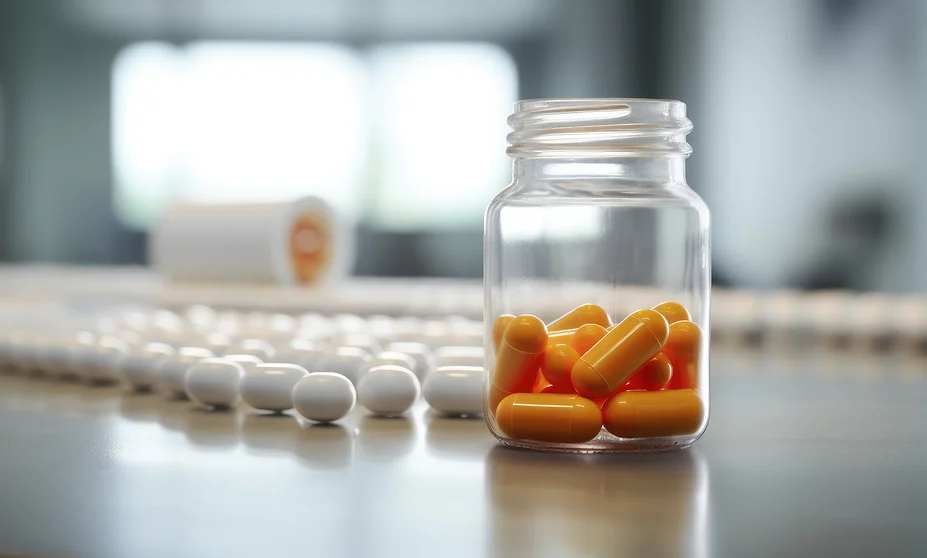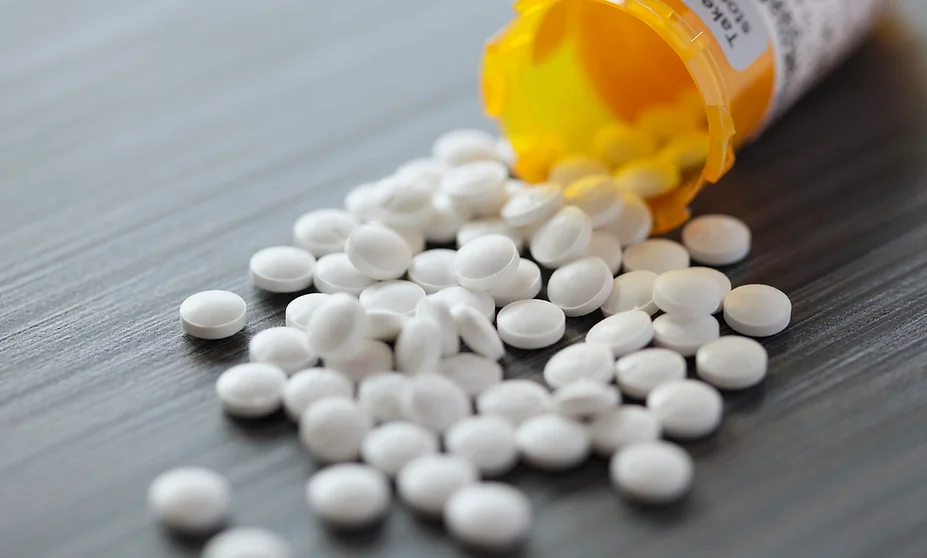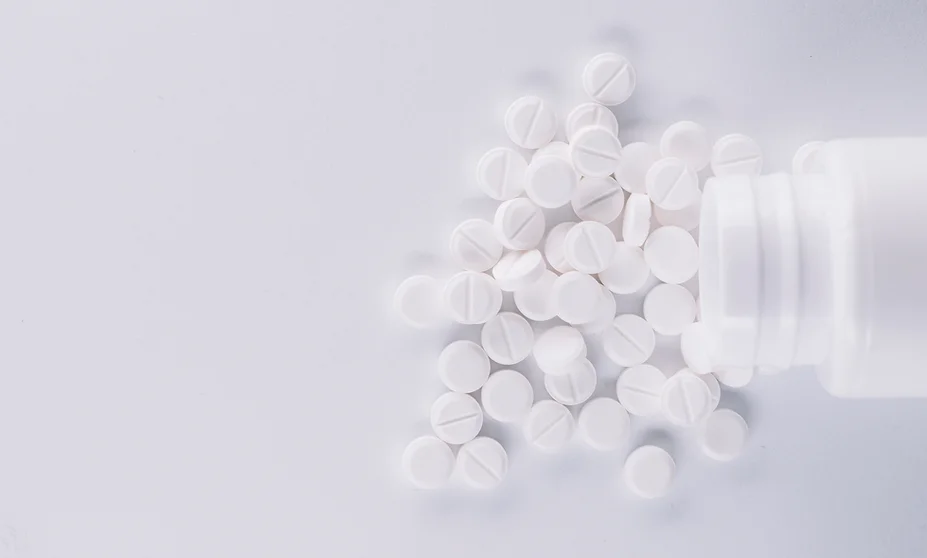Call Us Now!
Discover our recovery treatments. Contact us to learn more and verify your insurance coverage online or by phone.

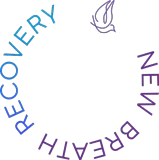

More than 100,000 people die from drug overdoses each year in the United States. 2/3 of all cases involve synthetic opioids such as fentanyl, a powerful synthetic drug that is dozens of times stronger than morphine and heroin. It is used in medicine, prescribed by doctors, and most importantly, it is cheaper than other opioids and is often added to narcotic substances to save money.
Dependence on fentanyl develops rapidly and is deadly. That’s why it’s important to recognize changes in your loved one’s behavior in time and seek professional help.
Our rehab center New Breath Recovery is located in California. Dozens of addicts are treated here every year under the supervision of experienced doctors. Using advanced methods, we step by step achieve a common goal – to teach patients to enjoy life without using drugs.
What Is Fentanyl?
Fentanyl is a very strong synthetic opioid developed by pharmacists as an effective analgesic. In higher doses, fentanyl causes euphoria. This drug is much more powerful than morphine, so it is often prescribed in terminal stages of cancer, in the post-operative period and in other cases when it is impossible to cope with pain by other means.
Fentanyl is very dangerous because its use causes persistent addiction after several doses. In this case, no addict is insured from overdose, because it is impossible to control the content of the active substance in the dose. This leads to a high overdose mortality rate among fentanyl addicts. It can be as high as 80%.
Causes of Fentanyl Addiction
The main reason for the development of fentanyl dependence is the rapid growth of tolerance to the substance. Usually, only 4 doses are required. With each new dose, the period between drug intakes decreases and the amount of substance needed increases.
Dependence develops on a mental and physical level. In addition to the craving to experience feelings of euphoria, it is difficult for a person to refuse a dose because of the fear of withdrawal symptoms, which include severe deterioration of the condition: pain, depression, insomnia, increased blood pressure and temperature. The craving for fentanyl is so strong that it persists for several years after rehab. For this reason, addicts need timely and professional help both at the stage of drug withdrawal and after recovery in treatment centers.
Signs and Symptoms of Fentanyl Addiction
It is very difficult to determine that a loved one is abusing fentanyl rather than any other drug. But often it is enough to pay a little more attention to the person. Then you can understand from his behavior and state of health that he is in trouble.
The list of signs that should be paid attention to when suspecting the use of fentanyl:
- constricted pupils regardless of light intensity;
- a state of euphoria for no apparent reason;
- reticence and sudden change of lifestyle;
- sudden mood swings;
- inappropriate behavior.
The use of fentanyl, even in relatively safe dosages, has its consequences. It is often accompanied by symptoms such as drowsiness, constipation, frequent colds, nausea and vomiting, liver and kidney disease. Such manifestations become noticeable to others only when a person has developed a persistent fentanyl addiction, which is very difficult to treat.
Difficult, but possible. It is necessary to realize the problem, seek help from the family and a special center.
Types of Fentanyl Addiction Treatment Options
Treatment for fentanyl addiction requires a comprehensive approach. It is a carefully thought-out program that includes the following stages:
- detoxification. Medical detox is a procedure of ridding the body of the drug. This process is accompanied by a pronounced withdrawal syndrome, so at the stage of detox, the patient is prescribed drugs that effectively fight withdrawal symptoms;
- treatment of affected organs. With long-term drug use, all internal organs are affected, but most severely the heart, brain, liver, kidneys and lungs. It is not always possible to fully restore their functionality, but after drug treatment it is possible to significantly improve their condition;
- psychotherapy. In the presence of dual diagnosis, treatment of mental illnesses is carried out. Individual and group sessions with psychologists are conducted to increase self-control and train the addict to fight cravings for fentanyl. Family support has a significant impact.
Rehabilitation takes a long time. The active phase is carried out in hospital conditions under constant supervision of doctors. This is necessary because the symptoms of withdrawal syndrome have a very strong impact on the condition of the addict, and he needs specific medication. After inpatient treatment, many years of social adaptation and attending Narcotics Anonymous meetings follow.
Call Us Now!
Discover our recovery treatments. Contact us to learn more and verify your insurance coverage online or by phone.

The Process of Treating Fentanyl Addiction
Curing a person of fentanyl addiction is like teaching them to walk again. It is a slow and painstaking process in which only a small part of success depends on other people. Doctors can free the body from the drug, repair damaged organs, try to form a new outlook on one’s life, and reinforce behavioral patterns that discourage the desire to use drugs. The rest is up to the patient.
After seeking help at the treatment center, the patient is examined by doctors. Their task at this stage is to assess the condition of the addict and develop a treatment plan. Everything is taken into account: age, length of drug use, concomitant diseases.
In order for the addict to adequately perceive the surrounding reality, fentanyl and substances that poison the body are removed from his body. A complex of procedures, including the fight against withdrawal symptoms, is called detoxification. This is a very complex process that can take several days to complete. Sometimes doctors have to slow down the pace of drug withdrawal significantly, because abrupt changes can cause tremendous damage to the heart and other internal organs.
To reduce cravings for fentanyl, specialists often resort to substitution therapy: replacing it with other drugs in safe concentrations, such as buprenorphine or methadone.
After detox, naltrexone may be prescribed. This substance blocks the effects of any opioids (preventing the feeling of euphoria from drugs), including fentanyl.
Along with treating addiction on a physical level, doctors utilize mental health recovery therapies. This takes the form of individualized work with a psychiatrist and psychologist. Specialists participate in coping with negative thoughts and managing stress. A good helper is group therapy, which is also actively used in our center.
At the final stage of inpatient treatment, it is important to properly prepare the family for the subsequent stages of recovery from addiction. Because loved ones play a significant role in relapse prevention.
Does the fight against drug cravings end here? Unfortunately, no. You need to visit doctors from time to time and definitely go to Narcotics Anonymous meetings. It will be years before we can say with confidence that the fentanyl past is far behind us.
Frequently Asked Questions About Fentanyl Addiction Treatment
Here we have tried to provide detailed answers to frequent questions about fentanyl addiction treatment that will help you understand the problem and develop a plan of further action.
What makes fentanyl addiction treatment different from other opioids?
Fentanyl is a very powerful drug. It leads to addiction and severe withdrawal more quickly than other opioids. It is more difficult to find a dose of naloxone, as well as substances for substitution therapy. Fentanyl is characterized by a low price, so a person who has undergone rehabilitation is still tempted to return to the old way of life. The risk of relapse is very high. Therefore, in our center special attention is paid to the formation of positive thinking and learning to live without drugs.
What are the signs of fentanyl overdose and how is it treated?
An overdose of fentanyl without immediate medical attention can lead to death. At first it is manifested by slowed breathing: a person cannot breathe or does it with difficulty. All other consequences are caused by oxygen starvation of internal organs.
Such signs of overdose include:
- loss of consciousness;
- drops in blood pressure (pallor, weakness);
- blueing of the lips and fingernails;
- wheezing;
- slow pulse;
- constricted pupils.
Help must be provided immediately. First you need to call an ambulance, then – do artificial respiration until the arrival of specialists. If there is naltrexone in the first aid kit, use it as an antidote.
Is medication-assisted treatment effective for fentanyl addiction?
Yes, drug treatment is effective, but only as part of comprehensive programs. It is important at all stages, especially when fighting for the life of the addict in overdose, detoxification and withdrawal symptoms.
What role do support groups play in fentanyl addiction recovery?
Treatment for fentanyl addiction is a constant struggle with yourself and your desires. It is very difficult to go through this journey alone. Help can be found from other people who have or have had the same problems.
What support groups provide:
- understanding and motivation;
- a sense of unity and security;
- belonging to something bigger;
- mutual learning about life without drugs.
Support groups help you not to cross the line when a return to fentanyl seems inevitable. They are a powerful source of inspiration, teaching responsibility and discipline. They are also a place to make new social connections and friends.
How can family members support someone recovering from fentanyl addiction?
Any physician who treats fentanyl and other drug addicts will attest to the key role of the family in rehabilitation. Family support is important at all stages: from recognizing the problem and making an appointment with a specialist to the period of recovery from inpatient and outpatient treatment. It requires a tremendous amount of work from all family members. They need to learn to understand their loved one who is in a difficult situation, stop judging and set themselves up for a positive solution to the problem.
Verify Insurance
Your treatment may be fully or partially covered by insurance.
Fill out the form below, and we will verify insurance to check your benefits.
Contact us if you have any questions.
